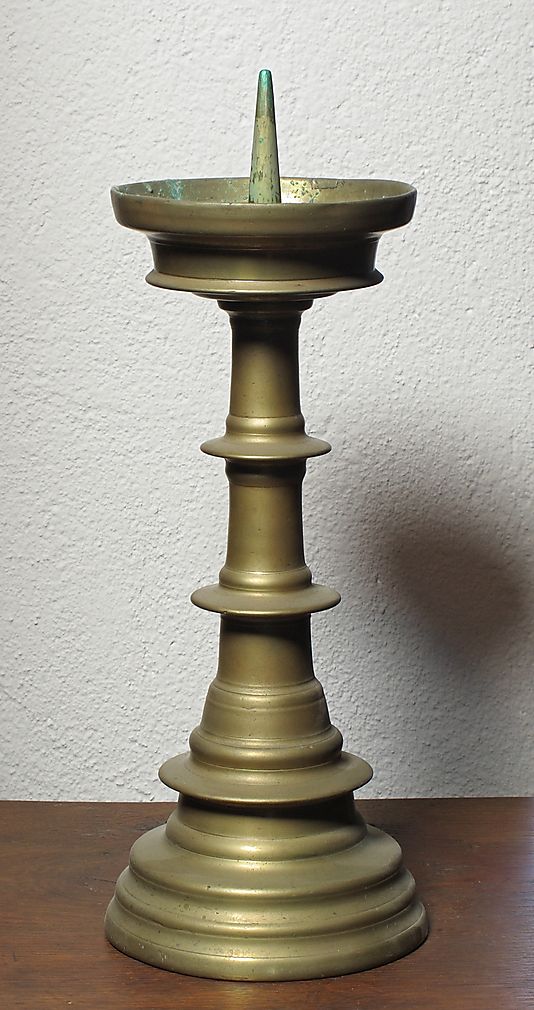
Most of us no longer use unlaquered brassware around the home, so cleaning brass is no longer a weekly task; many people have never cleaned brass! Using Brasso or brass cleaning cloths is a perfectly functional modern technique for cleaning and maintaining your reproduction brass; seriously, just follow the instructions.
However, if you have very old brass (100+ years), or prefer not to use modern chemicals, there are other alternatives. Many have been used since the medieval period right through to the 20th century. They do take more elbow grease yet the result can be as every bit as good and with the satisfaction of being envirnomentally friendly. Even more, it is a direct link with our ancestors, when cleaning brass and silvers was not just a weekly chore – it was an opportunity to gather, gossip and a little friendly competition.
Cleaning small brass pieces;
Wash the brass piece in warm soapy water to remove the worst of the accumulated grime – use an old toothbrush to assist if there are intricate patterns and undercuts;
dry thoroughly with a soft cloth – and at this point you can check to see if the piece has been laquered. Look for a yellow tinge and/or scratches which you can widen with your fingernails. If it is, skip to the section at the end;
if the brass piece is small immerse in an diluted vinegar bath (so ~ 5% acid)
leave for ~ 60 mins;
gently agitate every now and then. Don’t leave it too long as the acid can leach some elements of the brass and cause pitting;
remove the piece from the bath;
rinse thoroughly with clean water and dry with a soft cloth;
Too large for a vinegar bath? 2 period options;
as above wash the brass piece in warm soapy water to remove the worst of the accumulated grime – use an old toothbrush to assist if there are intricate patterns and undercuts;
dry thoroughly with a soft cloth – and at this point you can check to see if the piece has been laquered. If it is, skip to the section at the end;
cut a lemon in half and rub the cut end into salt;
apply this salted lemon surface FIRMLY onto the surface of the brass – it will clean off the oxidation with a bit of elbow grease;
rinse thoroughly with clean water and dry with a soft cloth, buffing the shine as you go;
Alternative 2;
make a paste from equal parts of white vinegar, salt, and white flour and use cloths and/or an old toothbrush to thoroughly cover the brass surface with the paste;
leave the paste for roughly an hour – before it dries out as that will make it very hard to remove the paste;
rinse thoroughly with clean water and dry and buff to as high a shine as you like with a soft cloth using small circular motions;
Removing laquer from old antique brass;
Gently pour hot water directly over the brass to soften the lacquer;
peel the laquer away from the edges or wherever it has started to fail – you can often see a yellow tinge to the colour of metal between the laquered and non laquered;
If hot water fails, rub the brass with denatured alcohol or acetone in a well ventilated area with a soft cloth on a part of the brass that is not seen. Stop immeadiately and rinse with water if there are any unexpected changes.